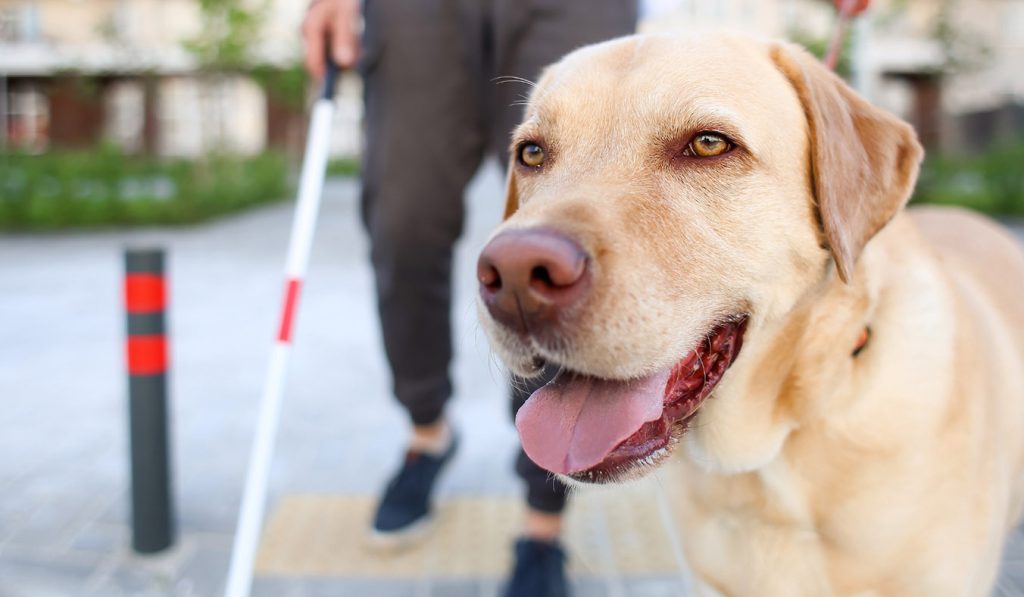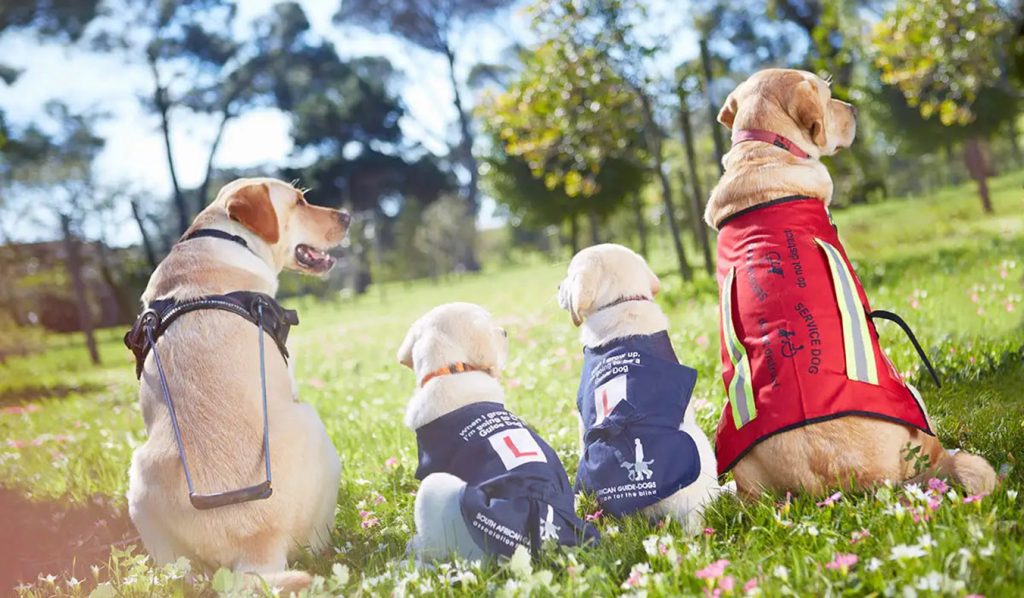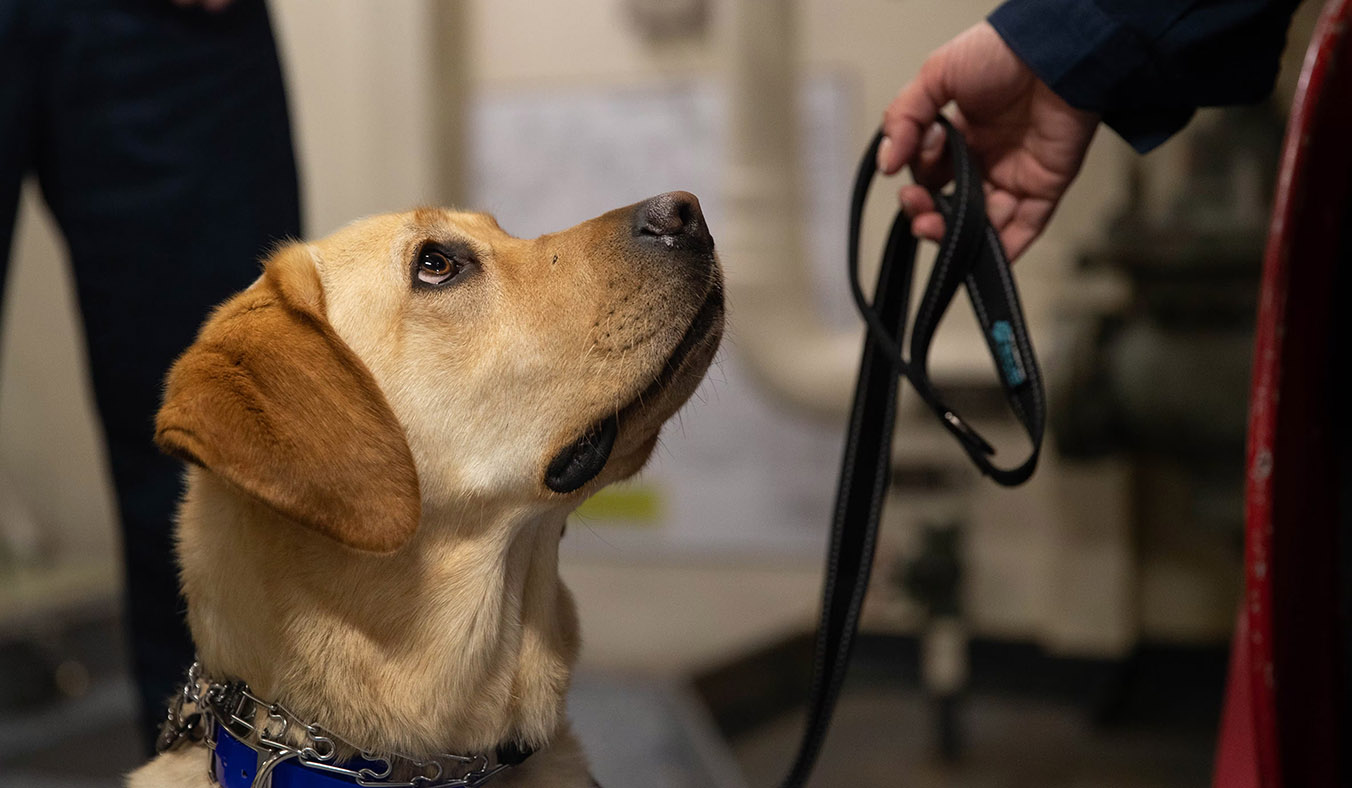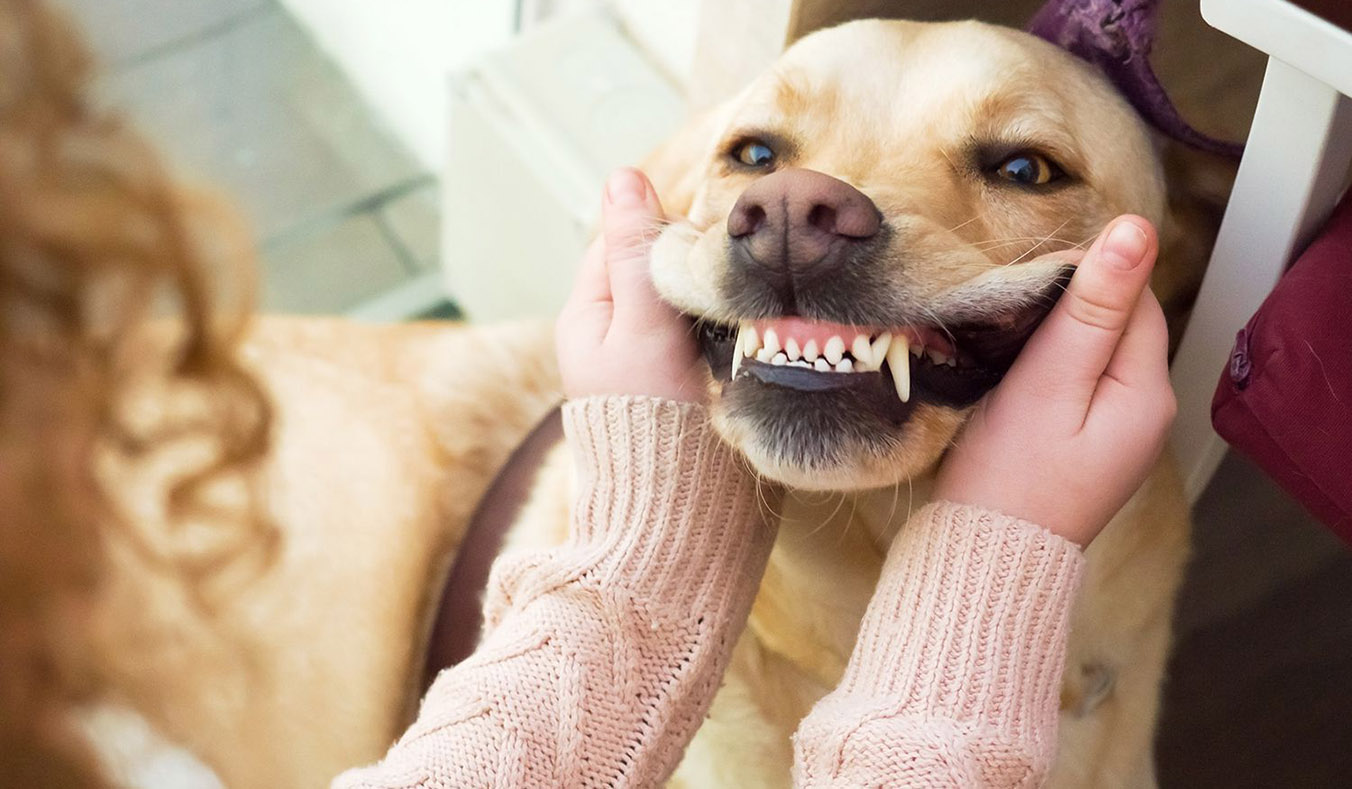Guide dogs, also known as service dogs or assistance dogs, are a unique group of dogs dedicated to supporting individuals with disabilities, especially those who are blind or visually impaired. These dogs are specially trained to assist their owners in everyday tasks and navigate various environments safely. But what exactly makes a good service dog, and what does their training entail? Here’s a closer look at their qualities, training process, and the critical role they play in the lives of their handlers.
1. What Makes a Good Guide Dog?
While guide dogs come from different breeds, certain characteristics make them particularly well-suited to this line of work. The most commonly used breeds are Retrievers, particularly Labrador Retrievers and Golden Retrievers, due to their intelligence, calm temperament, and strong desire to please. Other breeds like the German Shepherd and Border Collie can also excel in guide dog roles. In fact, even mixed-breed dogs with the right temperaments and aptitudes can be trained to be assistance dogs.
Key qualities of a good guide dog include:
- Calm demeanor: Guide dogs must be able to handle stressful environments and situations without getting overly excited or distracted.
- Intelligence and problem-solving abilities: They need to understand commands and react appropriately to new challenges.
- Social behavior: They must be well-socialized and comfortable around people, other animals, and in various public spaces.
- Sensitivity and alertness: Guide dogs should be able to detect potential hazards, such as obstacles, traffic, or changes in terrain, and guide their handler safely.
2. The Training of a Guide Dog: From Puppyhood to Service
Guide dog training is an intensive, lengthy, and expensive process that typically takes around 2 years to complete. This training ensures that the dog is capable of performing tasks that will significantly enhance the independence and safety of its handler. The process involves several stages:
- Initial Evaluation (Puppy Stage): This phase involves assessing the dog’s basic temperament and potential. The dog’s ability to handle stress, follow commands, and interact with humans is evaluated. The most promising puppies are selected for further training.
- Basic Training and Socialization (First Year): The dog is placed in a foster family where it undergoes general training and socialization. The goal is to expose the dog to as many different environments, sounds, and people as possible. This phase helps the dog become accustomed to city noises, crowded spaces, public transport, and various surfaces like pavement, stairs, and elevators.
- Specialized Training (Second Year): Once the dog has passed the socialization phase, it undergoes more specific training to learn tasks such as guiding its owner through obstacles, stopping at curbs, and responding to commands like “left,” “right,” and “forward.” The dog learns to navigate in various environments such as busy streets, stores, and public transport systems.
- Certification and Final Testing: After completing its specialized training, the dog must pass a final assessment to be officially certified as a guide dog. The certification process includes both practical and theoretical tests, assessing how well the dog performs tasks in real-world situations.

3. What Does a Guide Dog Do?
Guide dogs provide essential support to their handlers, particularly those who are visually impaired or blind. The tasks they perform may include:
- Guiding through obstacles: The primary role of a guide dog is to help the person navigate through complex environments, avoiding obstacles such as curbs, trees, and street signs.
- Stopping at intersections: Guide dogs are trained to stop at curbs and intersections, waiting for cues from their owner to cross safely.
- Indicating safe paths: They can be trained to recognize certain areas as safe for crossing, and they lead their handler through pedestrian-friendly spaces.
- Alerting to changes in terrain: Whether it’s a step up or down, uneven pavement, or other changes in ground level, a guide dog helps its handler stay alert to potential hazards.
Additionally, guide dogs can assist in various other ways, such as fetching items, pressing buttons, and alerting their owners to sounds or alarms. They can also help people with other disabilities like hearing loss or epilepsy.
4. The Cost and Commitment of Guide Dog Training
The training of a guide dog is a significant investment of time, effort, and money. It typically costs between €20,000 and €30,000 to train a guide dog. This includes expenses related to food, veterinary care, training, and the equipment needed for the dog to work. While this cost can seem high, the benefits to the handler are immeasurable. The freedom, safety, and independence that a trained guide dog provides are invaluable.
5. Rights and Privileges of Guide Dogs
Guide dogs are not considered pets; they are considered working animals and essential aids for individuals with disabilities. As such, they have special rights, including the ability to accompany their handler almost everywhere. The law grants guide dogs access to public places such as:
- Educational and cultural buildings
- Medical facilities and government offices
- Public transportation (bus, train, plane, and boat)
- Restaurants, hotels, and retail establishments
- Beaches and public parks
To access these places, the guide dog must be identifiable (usually with a harness or identification tag), and the handler must carry a certificate verifying the dog’s status as an assistance animal.
6. How to Interact with a Guide Dog
It’s crucial to understand that a guide dog is working and should be treated accordingly. While it might be tempting to pet or interact with a guide dog, it’s important to remember that the dog is focused on its task and needs to remain concentrated. Here’s how to behave around a working guide dog:
- Don’t pet or distract the dog while it’s working. This includes calling the dog, talking to it, or offering food.
- Respect the handler’s space and follow their instructions, as the dog’s primary responsibility is to guide them safely.
- Give the dog space to rest when it’s not working. After a long day of guiding, the dog may need to relax and recharge.

7. The Unsung Heroes: The Dedication of Service Dogs
Guide dogs, as well as other types of assistance dogs, exhibit extraordinary dedication and loyalty to their handlers. They are not only trained to perform tasks but also develop strong bonds with their owners, providing emotional support, companionship, and a sense of security. Some dogs, even without formal training, have been known to alert their owners to medical emergencies like seizures or diabetic lows. This innate ability further underscores the invaluable role dogs play in the lives of individuals with disabilities.
The Lifelong Partnership
The relationship between a guide dog and its handler is one of mutual trust, respect, and deep companionship. A guide dog’s role goes far beyond simple assistance; it offers its handler the gift of independence and confidence in daily life. For many, the presence of a guide dog can transform their quality of life, making the world feel more accessible and safer to navigate. Through extensive training, dedication, and care, these remarkable dogs help their owners lead fuller, more active lives.



